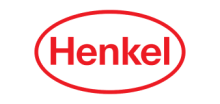
Digital Experiences
Increase user retention and drive more qualified leads by obtaining user-oriented, secure digital experiences usable on different platforms and devices.
Cloud & DevOps
Reduce data security risks and optimize cloud resources with our help. Our cloud engineers will evolve your product capabilities and performance with a full spectrum of cloud services.
Embedded Engineering
Innovate, get industry certifications, and mitigate risks for your product with our full suite of embedded engineering services. We will bring your product to the competitive edge fast and low risk.
Data Science & AI
Turn your data into an effective tool for risk anticipation and optimization of internal operations. We know how to make your product smarter and more efficient with our AI and data science expertise.
Ready to get your challenge solved?
















